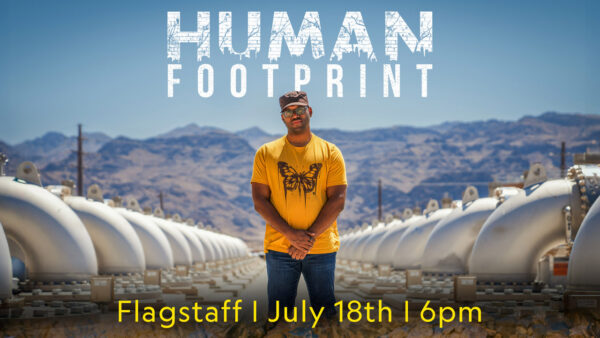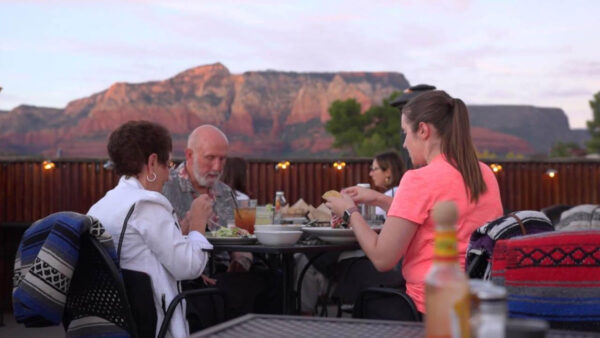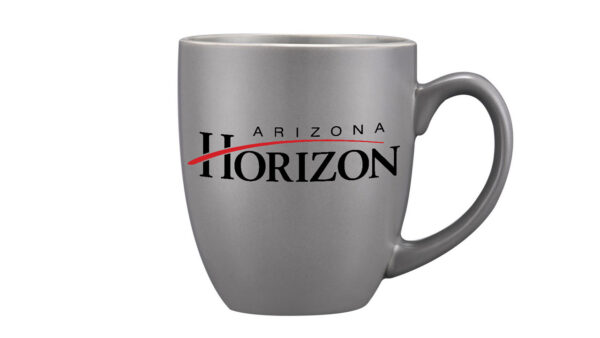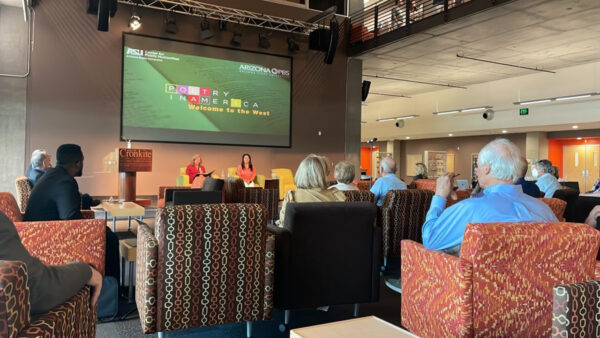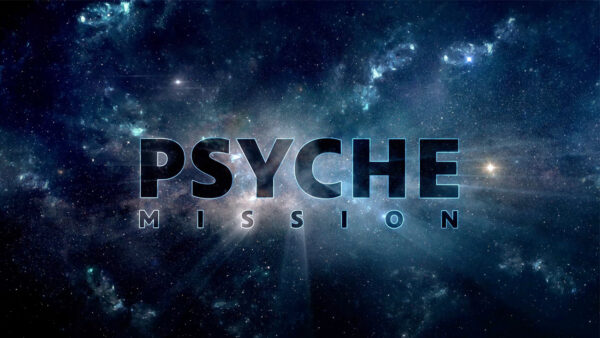Secrets of the Dead “Sinking Atlantis”
May 11, 2011
– New Evidence Reveals Deadly Volcano and Tsunami That May Have Destroyed Powerful Minoan Civilization and Spawned Greek Myth of Atlantis –
Five thousand years ago, the Minoans, Europe's first great civilization, flourished on the island of Crete. The sophisticated inhabitants, named after the legendary King Minos, were the first Europeans to use a written language and construct paved roads. They were an advanced society of highly cultivated artisans and skilled civic engineers. The Minoans were excellent ship builders and sailors, and their maritime empire was so vast, it rivaled that of the ancient Egyptians. They were an enigmatic people, worshiping snake priestesses and engaging in human sacrifice. Such practices gave rise to Greek myths about the Minotaur, a half-man half-bull who ate human flesh in his forbidding labyrinth. But inexplicably, at the height of their power, the Minoans were wiped from the pages of history. The reason for their disappearance has perplexed historians for generations –– until now.
Secrets of the Dead “Sinking Atlantis , ” airing Wednesday, May 11, 2011, at 8 p.m. on Eight, Arizona PBS , uncovers history-changing evidence of what happened to this ancient society. Narrated by actor Liev Schreiber (“CSI,” The Manchurian Candidate ), the film follows Dr. Sandy MacGillivray and an international team of experts on an archaeological detective adventure that connects fact to fiction and unearths new geological evidence that this sophisticated civilization was destroyed by a powerful tsunami.
“So much of what we know about the Minoans comes from Greek myths,” said Jared Lipworth, executive producer of Secrets of the Dead , “but now archaeology is allowing us to see what these remarkable people were really like and what happened to them. Sadly, their downfall is not only strikingly similar to the stories of Atlantis, it's also painfully reminiscent of the 2004 Indian Ocean tsunami that killed so many people.”
Archaeologist Sandy MacGillivray has been studying the Minoans for 25 years. He has grown to admire their spectacular art and advanced culture. In his early excavations at the Minoan city of Knossos, MacGillivray made finds that he believes dispel some of the notions of Minoan culture that were first put forward by Sir Arthur Evans, who discovered Knossos in 1900. Where Evans saw palaces and kings, MacGillivray sees temples aligned with the path of the sun and powerful female snake priestesses. He has also deciphered the Minoan language, called Linear A, and traced its origins not to Europe, as expected, but to ancient Iran. The Minoans were more Asian than European, which perhaps explains why they were so different from the Greeks who rose to power after them.
Despite his new understanding of the Minoans, MacGillivray has always wondered about their sudden disappearance. Following up on previous theories about a volcanic eruption that destroyed them, he heads to the volcanic island of Santorini, 70 miles north of Crete. Santorini was home to the wealthy Minoan seaport of Akrotiri until it was destroyed by Thera, the island's volcano, in about 1600 BC. Could the volcano have destroyed the Minoan towns on Crete as well? With the help of geologist Floyd McCoy and archaeologist Stuart Dunn, MacGillivray discovers that the Theran eruption was far bigger than previously thought. In fact, it was one of largest eruptions in human history — blasting more than 10 million tons of ash, gas and rock 25 miles into the atmosphere . Despite Crete's close proximity to the volcano, the debris from Thera largely missed the major Minoan towns.
Back on Crete, MacGillivary notices some strange and chaotic layers of soil, broken pottery, building materials and even cattle bones along the eroding coastline near the ancient town of Palaikastro. With the help of soil scientist Hendrik Bruins, he discovers that the soil also contains micro-organisms that are normally found only on the ocean floor. The only way they could have been deposited on land is by a powerful tsunami.
Once they know what to look for, they quickly find more evidence of a tsunami. With assistance from tsunami expert Costas Synolakis, MacGillivray documents ancient buildings with the water-facing walls completely obliterated and sea shells half a mile from shore.
The next question is what caused the tsunami. Was it an offshore earthquake like the one that caused the 2004 Indian Ocean tsunami? Or was it caused by the eruption on Thera? The presence of Theran pumice that could only have been washed ashore on Crete by powerful waves seems to indicate that the volcano caused the tsunami, and carbon dating of a cow bone found in the chaotic layer of sediment confirms that it was deposited there around 1600 BC, the same time that Thera erupted.
MacGillivray is taken aback by the group's findings, saying in “Sinking Atlantis , ” “ My reaction to seeing that model was a bit like seeing, watching 9/11. I hate disasters. It's like you spend a lot of time looking for something and then when you find it, you wish you hadn't.”
Costas is also in disbelief: “This is absolutely exciting … even in my wildest dreams when I started … thinking of becoming a scientist did I ever think that I would be working on understanding the demise of the Minoans and what happened back then in the second millennium BC.”
The team believes that the tsunami wiped out all the major Minoan towns and ships on Crete, leaving the once-great empire weak and undefended. In the decades that followed, the Minoans were attacked and conquered by enemies from the Greek mainland. Thousands of years later, the Greek historian Plato wrote about Atlantis, a civilization swallowed by the sea. And thousands of years after Plato, MacGillivray and his team may just have found the basis for Plato's fantastic tale.
In previous seasons, the award-winning Secrets of the Dead has devoted episodes to such topics as the Salem witch trials, the tomb of Christ, the Titanic , the black plague, the Allied hunt for Nazi scientists, D-Day and the ill-fated South Pole expedition of Robert F. Scott. The series has received eight CINE Golden Eagle Awards, among numerous other honors.
)


